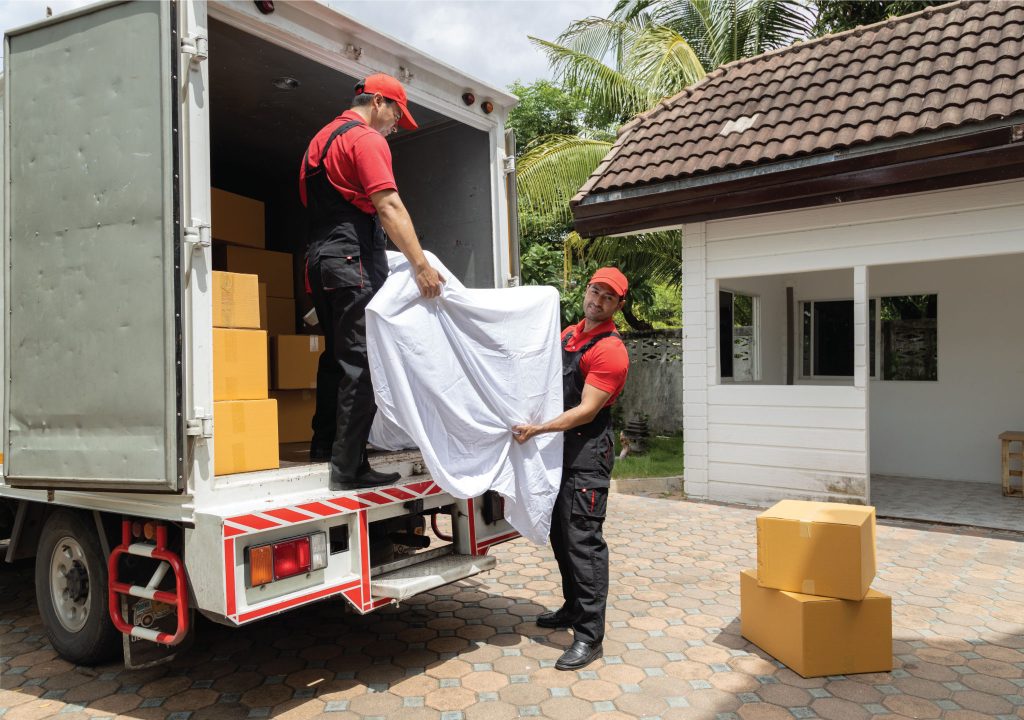Moving from Ohio to Florida: Expert Tips for Success
Relocating from Ohio to Florida is a significant step, offering new opportunities and a fresh lifestyle. While Florida’s warm weather, beaches, and vibrant culture are appealing, moving can still be a stressful process if not planned properly. In this guide, we’ll provide expert tips to make your move smooth and successful.
Plan Early for a Smooth Transition
A successful move begins with careful planning. It’s important to start the process 6-8 weeks before your desired moving date. Planning early ensures that you’ll have enough time to address all tasks without feeling rushed. Here’s how you can get started:
- Create a moving timeline: Make a list of all tasks and deadlines. Prioritize important tasks like booking movers and sorting through your belongings.
- Declutter your home: Moving is the perfect time to declutter. Go through your possessions and decide what to keep, donate, or discard.
- Research neighborhoods in Florida: Familiarize yourself with Florida’s cities and neighborhoods to make the best choice for your new home.
A well-planned move makes the transition easier and more manageable.
Choose the Right Moving Company

Selecting the right moving company is crucial when moving long distances. A professional moving company can help ensure that your belongings arrive safely and on time. Here are some tips for choosing the right movers:
- Get multiple quotes: Request quotes from at least three moving companies to compare prices and services.
- Check reviews: Look for companies with positive reviews and recommendations from past customers.
- Ensure proper insurance coverage: Verify that the company offers insurance options to cover potential damage during transit.
Choosing an experienced moving company will give you peace of mind during the relocation process.
Packing Tips for Your Ohio to Florida Move
Packing is one of the most time-consuming tasks during any move. Proper packing ensures that your belongings are protected during transit and makes unpacking easier. Here are some packing tips for your move from Ohio to Florida:
- Use sturdy boxes and packing materials: Invest in high-quality boxes, packing tape, bubble wrap, and packing paper to protect fragile items.
- Label your boxes: Clearly label each box with the room it belongs to and a list of its contents. This will make unpacking much easier.
- Pack light for Florida’s warm climate: Florida’s hot weather means you won’t need your winter clothes, so pack them away.
- Disassemble large furniture: Take apart furniture like beds and tables to save space and avoid damage.
Proper packing ensures that your belongings stay intact and arrive in Florida in excellent condition.
Budgeting for Your Move
Budgeting is an important part of any move, especially when relocating from Ohio to Florida. The costs can quickly add up, so it’s essential to account for every expense. Here’s how to manage your budget:
- Get detailed estimates: Ask moving companies for a detailed breakdown of their charges, including fuel, packing services, and insurance.
- Factor in travel expenses: Whether you’re driving or flying, remember to include gas, meals, and hotel stays along the way.
- Account for temporary storage: If your new home isn’t ready yet, you may need to store your belongings for a short time.
By sticking to a budget, you’ll ensure that your move stays within financial limits.
Adjusting to Florida’s Climate
The climate in Florida can be quite different from Ohio’s seasonal weather. Florida is known for its year-round warmth and humidity, so it’s important to adjust to the new environment. Here are some tips to make the transition easier:
- Dress appropriately for the heat: Florida’s heat means you’ll need lightweight, breathable clothing to stay comfortable.
- Stay hydrated: Drink plenty of water to avoid dehydration, especially during the summer months.
- Protect your skin: Apply sunscreen regularly and wear sunglasses to protect yourself from the sun’s harsh rays.
With a few adjustments, you’ll soon be enjoying Florida’s outdoor lifestyle and beautiful beaches.
FAQs
1. How long does it take to move from Ohio to Florida?
The average move from Ohio to Florida takes between 2-4 days, depending on the distance, route, and whether you’re driving or using a moving service.
2. What should I pack for a move to Florida?
Pack light, breathable clothing for the warm weather and store away winter clothes. Don’t forget sunscreen and sunglasses for sun protection.
3. How much does a move from Ohio to Florida cost?
The cost of a move can range from $2,500 to $5,000, depending on the size of your move, the moving company, and additional services like packing and insurance.
4. Should I drive or ship my car to Florida?
Driving your car is an option if you want to enjoy the journey, but shipping your car can save you time and reduce wear on your vehicle.

Moving from Ohio to Florida doesn’t have to be overwhelming. By planning ahead, choosing the right moving company, packing carefully, budgeting properly, and adjusting to Florida’s climate, you can make the transition as smooth as possible. In no time, you’ll be enjoying the sunny Florida lifestyle and all the benefits of living in the Sunshine State.
Buzzmoving provides access to a reliable nationwide network of movers known for exceptional service. Get your free quote now and enjoy a smooth, hassle-free moving experience from start to finish.






